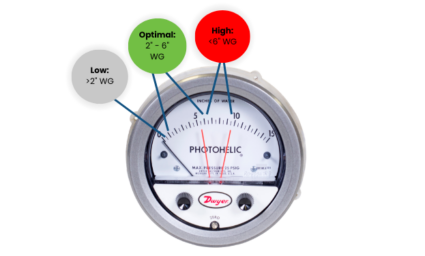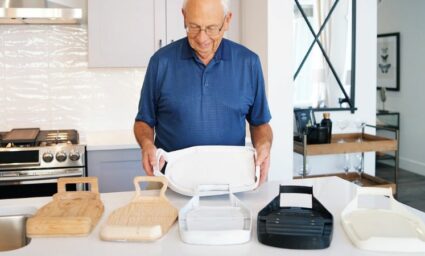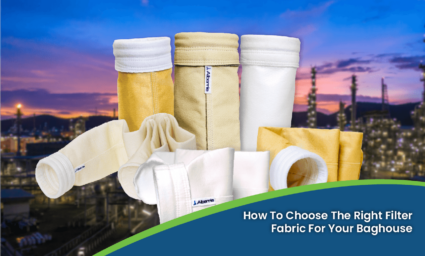

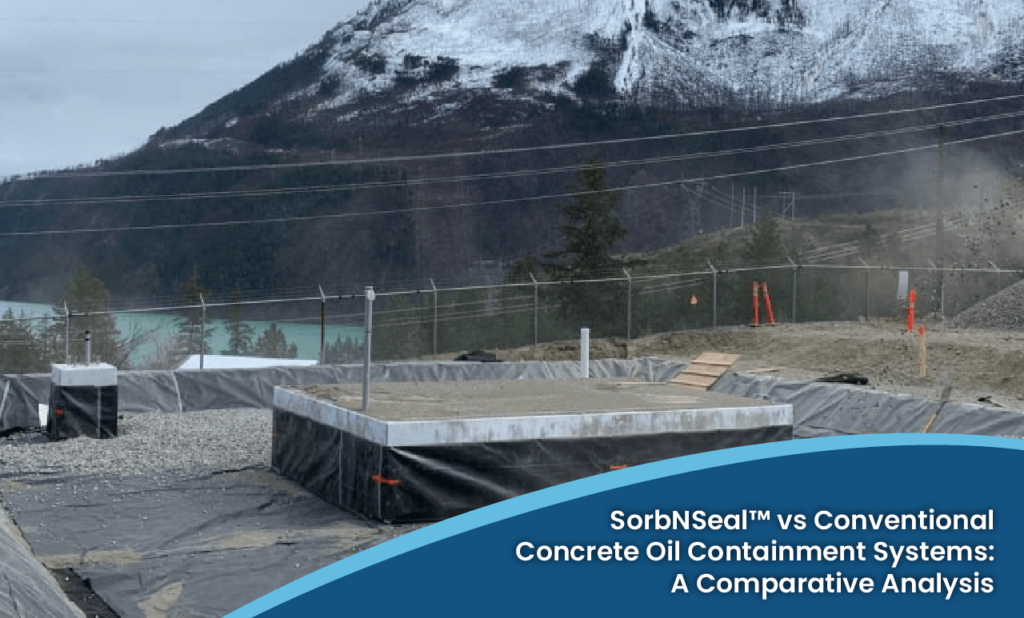
Oil containment systems are critical for protecting the environment and ensuring regulatory compliance, particularly in industries managing transformers and equipment that pose oil leakage risks. In this article, we compare Albarrie’s SorbNSeal™ Passive Oil Containment System with Conventional Concrete Oil Containment Systems, evaluating key factors such as cost, space requirements, water management, installation, maintenance, chronic leak handling, and environmental impact.
Throughout each category, SorbNSeal™ consistently demonstrates clear functional, economic, and ecological advantages that position it as the premier choice, not merely an alternative, to concrete containments.
One of the most significant advantages of SorbNSeal™ is its lower initial cost. Whether for new installations or retrofitting existing containment systems, SorbNSeal™ minimizes excavation and site disruption. Its flexible design allows for faster, less invasive installation, making it ideal for sites with existing infrastructure or limited access.
In contrast, conventional concrete containment systems involve higher upfront costs driven by extensive excavation, concrete pouring, and the integration of additional materials and equipment. These installations often face longer construction timelines, particularly when modifying or upgrading existing sites.
SorbNSeal™ is a revolutionary system that has been engineered to integrate seamlessly around existing structures with minimal install depth and has the flexibility to change or modify the design easily during the construction phase- alleviating any issues.
Concrete containment system requires more area per square footage and additional spaces for water piping and mechanism. Any unforeseen changes can also be detrimental during the construction phase as it could lead to an increase in costs and delays.
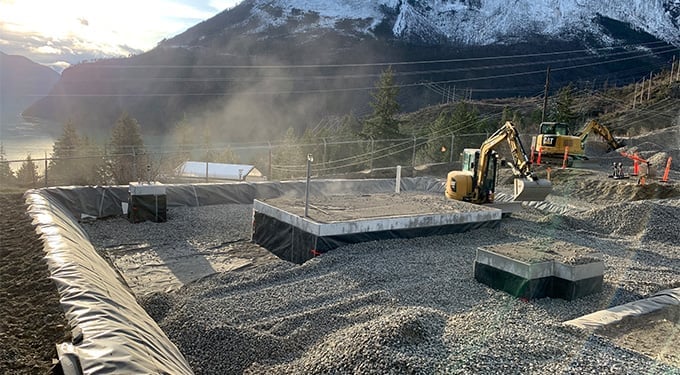
Both containment systems handle water effectively, but through different methods.
SorbNSeal™ This system utilizes advanced reactive geotextile technology that allows rainwater to pass freely, eliminating the need for ongoing water management, however. In most cases no additional drainage is required. However, in areas with low-permeability soils like clay, a sub-drain can be installed beneath the containment to efficiently direct clean water to a designated discharge point. Since the geotextile forms the containment floor itself, it provides instant oil-water separation exactly at the point of release; operating continuously, 24/7/365, without the need for pumps, power, or personnel.
Concrete systems Concrete systems rely on oil-water separators and/or mechanical pumps to manage water. When properly maintained they can be effective; however, they often require ongoing maintenance to remain operational, Including routine pump servicing, sludge removal, separator maintenance and regular inspections. These systems also depend on a consistent power supply, which can increase operational costs and create vulnerabilities during power outages or equipment failures. In addition to their maintenance demands, concrete systems are susceptible to various forms of structural and functional failure over time. These include cracking or degradation due to weathering, thermal expansion, and chemical exposure. One recognized operational risk is separator flooding, which can occur during heavy rainfall or inadequate site drainage. If separators are submerged under standing water, their ability to separate hydrocarbons may be compromised, potentially allowing oil to pass through untreated. While separator flooding is not conclusively identified as the primary cause of failure in all cases, it is a well-documented vulnerability that underscores the importance of proper system design, maintenance, and contingency planning. This risk, combined with the need for continuous upkeep, makes concrete systems less reliable in comparison to passive containment technologies that operate without moving parts or power dependence.
Maintenance needs also differ significantly between the systems:
The system’s Super Absorbent Membrane layer (SAM™) can absorb 15-20 liters of oil per square meter and is designed to be easily removed and replaced if required, making it exceptionally well suited for managing small chronic leaks.
SorbNSeal™ represents a forward-thinking solution with strong environmental credentials. Its geotextile reacts immediately to hydrocarbons, effectively preventing oil migration and groundwater contamination. Furthermore, the system has less operation processes which has a lower carbon footprint, making it an attractive option for organizations committed to sustainability.
Concrete containment systems, while widely accepted and familiar within the industry, come with a higher environmental impact due to extensive material use, energy consumption during construction, and ongoing maintenance requirements. Improper maintenance risk oil bypass incidents, posing additional environmental harm.
SorbNSeal™ represents a modern, innovative approach to oil containment that aligns with evolving environmental, operational, and cost-efficiency goals. Its unique design allows for minimal excavation, adaptability to confined spaces, and a significantly lower carbon footprint compared to conventional concrete systems with oil-water separators. These features make it particularly advantageous for retrofit applications, where space constraints and disruption are major considerations.
For new installations, SorbNSeal™ offers a compelling alternative, providing robust environmental protection and ease of maintenance while simplifying lifecycle management. Although concrete systems are well-established and familiar, they come with higher installation costs, greater environmental impact, and ongoing maintenance demands.
Encouraging adoption of SorbNSeal™ allows stakeholders to embrace innovative, eco-friendly technology that meets or exceeds regulatory requirements, aligns with sustainability targets, and provides long-term value. While concrete systems remain a trusted solution, SorbNSeal™ reflects the next generation of oil containment technology, offering significant advantages for both retrofits and new installations. Adopting this system positions organizations and engineers as forward-thinking leaders in environmental stewardship and operational efficiency.
